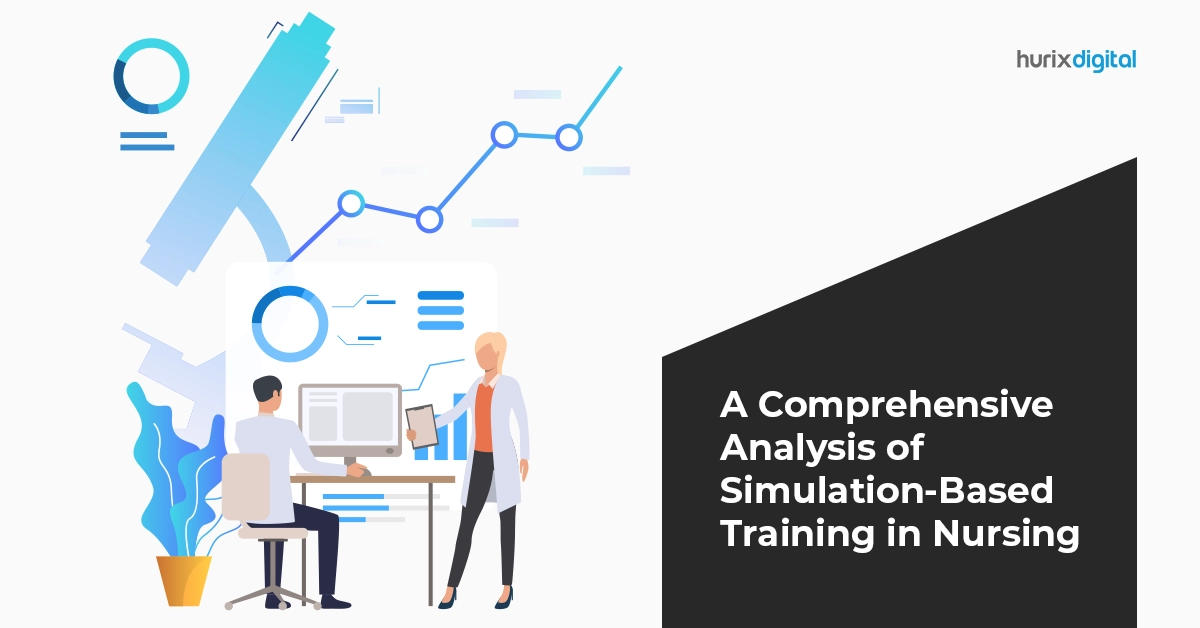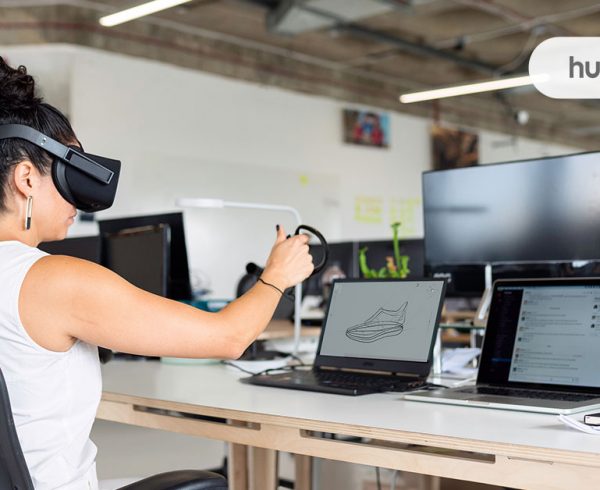Summary
This blog covers the history of simulation in nursing education, the types of simulation used today, and the importance of simulation in nursing education.
Healthcare is rapidly evolving, and with that, the techniques for training future healthcare professionals. Especially from the 20th century, healthcare went through significant changes and innovations. Today, using high-tech solutions in clinical advancement is no strange concept.
One such innovation that emerged over time as being more sophisticated and technology-driven is simulation-based education, or SBL (Simulation-Based-Learning). The importance of simulation in nursing education has rapidly increased over the past century, worldwide.
Simulation training is a technique that came up as a vital pedagogical approach to make nurses adaptable to real-life critical medical scenarios. That, too, without the risk of exposing any patients to any kind of harm.
In this blog, we will analyze the role of simulation in nursing education, learn about its history, and the types of simulation used in nursing education today.
Table of Contents:
- History of Simulation
- Role of Simulation in Nursing Education?
- Types of Simulation in Nursing Education — With Examples
- Conclusion
History of Simulation
SBL has been in use for centuries. The first use of simulation was considered to be in the fields of warfare in the 18th century. It was, after that, gradually used in aviation, the medical industry, and many other fields.
Even in the aviation industry, simulation plays a very significant role in ensuring safety precautions for the passengers as well as the pilots.
In the medical industry, the first use of simulation was in the mid to late 1800s when nurses used model limbs and organs to practice bandaging, dressing, etc.
Of course, they were not as high-tech as today, but it was enough to start the innovation. Let us look at it, timeline-wise, as the simulation evolved in the history of nursing education:
- The first use of anatomical models was during the late 1800s. Trainees used limb models to learn and practice bandaging, dressing, and other clinical needs.
- The first mannequin was designed by doll maker Martha Jenkins Chase in 1911. This advanced mannequin was named after her as “Mrs. Chase.” It was the first time the students got to practice basic nursing skills on an adult-size model.
- Sim One, the first computerized mannequin, was developed during the 1960s. However, the technology was too expensive to be used for most healthcare training programs.
- A more affordable version came in 1968 when a simulator called Harvey was invented. Many medical and nursing students across the world trained with Harvey. It could even make realistic heart and lung sounds.
- In the 1980s-1990s, the first high-tech simulators were introduced in the health sciences.
Also Read: Exploring the Role of Digital Learning in Healthcare Education
Role of Simulation in Nursing Education
Simulation is often mistaken as a technology. However, it is only a structured learning technique for the students. Let us look at some of the significant roles of simulation in nursing education:
- Simulation allows nursing students to practice their skills in a safe environment under careful supervision.
- It creates a bridge between theory and practical learning.
- Trainee nurses work with high-tech mannequins in a similar-to-hospital setting before they apply those skills to clinical practice in the real world.
- It helps the learners to improve their skills and decision-making knowledge through the sensory experience of real-life situations.
- It creates a continuum learning technique where one can develop skills from low-fidelity to high-fidelity simulation.
The term Fidelity in simulation is used to describe the complexity of the simulation learning activity. It is generally divided into 3 categories:
- Low fidelity: It is where the basic nursing skills are learned, like the placement of catheters.
- Medium fidelity: It is where the complexity of the learning activity expands to more advanced knowledge and techniques. For example, the positioning of catheters when the patient suffers from, let’s say, dementia and refuses to be treated.
- High fidelity: It involves advanced and more realistic simulations. It needs proper communication, interaction in teams, as well as decision-making qualities. For instance, a patient with dementia and permanent catheters also has sepsis and needs immediate attention.
Types of Simulation in Nursing Education — With Examples
Simulations are used in nursing in various ways. Some incur high costs, whereas some are economical while being quite effective. Let us look at some of the most common types of simulation used in nursing education:
1. High-Fidelity Simulations
These are computerized full-body mannequins. They closely resemble the physiology and anatomy of a patient. These are some of the most encouraging methods due to their close resemblance to real-life clinical scenarios.
However, due to their high-tech dependency, it becomes one of the most expensive simulation types. For example, mannequins that can perform functions such as breathing, talking, mimicking heart sounds, and childbirth are High Fidelity Simulations.
2. Low-Fidelity Simulations
Low-fidelity simulations are generally static models or portions of model limbs, etc.
Of course, they lack the sophistication of High Fidelity Simulations. However, they are extremely useful in learning basic nursing skills, such as CPR, at a very low cost.
3. Partial-task Simulators
Partial-task simulators, also known as low-tech or static task simulators, are designed to replicate only a portion of the body or the environment. These are generally used to teach basic psychomotor skills and procedures.
These are relatively economical and are available in enough abundance to be used. Hence, it allows several trainees to practice together. Examples of partial-task simulators include isolated limbs or heads.
4. Standardized Patients
Volunteers or paid actors who assume the role of a patient to simulate clinical interactions are known as Standardized Patients or SPs. These individuals act in a realistic way to simulate clinical interaction from the patient side.
This can make practicing assessments and communication skills more effective. These skills include taking a patient’s history, asking for informed consent, explaining procedures, and giving difficult or bad news.
5. Role-Playing
In this case, students are asked to act out a situation. As it doesn’t require props or technological set-ups, this is a low-cost method. It is a low-fidelity approach but can help in soft skills development for the students and improve their team bonding.
6. Virtual Reality
In this, a computer-generated environment is created to provide sensory experiences for the learner. For example, virtual online hospitals and operation theatres can be developed where students can interact in real-time with patient avatars.
7. Combined Simulations
This type of simulation incorporates two or more of the above methods combined. It can combine computer technology and mannequins to provide a more realistic learning experience.
Check Out: Hurix Creates Online Programs for Nursing & Allied Health Services on a Cloud Platform
Conclusion
With simulation-based learning, the nurses get to rehearse and gain their experience through almost a real-life scenario. It helps eliminate the fear factor and prepares them to respond to an emergency. It gives them confidence and develops the necessary skills to treat the patients. It not only enhances their clinical skills but also develops their communication and team bonding.
Worldwide, healthcare facilities and medical schools are incorporating simulation-based training for their staff and nurses. Hurix Digital has created learning simulations for various industries across the globe. Our healthcare training modules simulate complex real-life clinical scenarios that help nurses learn much easier and faster.
Why wait any further? Contact us now and incorporate the best learning experience for your staff.









